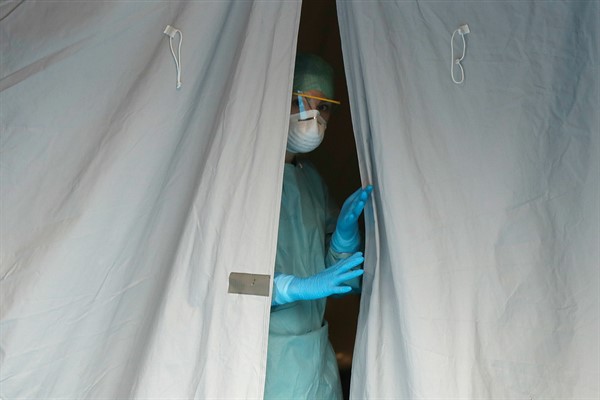In early March, Lombardy, Italy’s most prosperous region, was fast becoming the epicenter of a global pandemic. As the number of coronavirus cases spiked above 7,000, with more than 350 deaths, the Italian government moved to quarantine the worst-affected towns in Lombardy and the rest of northern Italy, a move that was almost unthinkable at the time, with police setting up checkpoints to control traffic in and out.
Yet as the world focused on Italy’s north, Filippo Anelli, the president of the country’s national federation of doctors, saw another crisis coming. “If Lombardy has been brought to its knees,” he said, “imagine what would happen in the south.”
Anelli’s warning pointed to the significant and longstanding inequality between northern and southern Italy. While Italy’s health system consistently ranks among the best in the world, a 2019 report by the European Commission noted that “people in the south are twice as likely to encounter a sub-standard healthcare experience than people in the wealthier north.” There are just 95 health care workers for every 10,000 residents in the south, compared to 117 per 10,000 residents in the north. Before the coronavirus outbreak, roughly two-thirds of Italy’s 5,300 ICU beds were in its central and northern regions.

